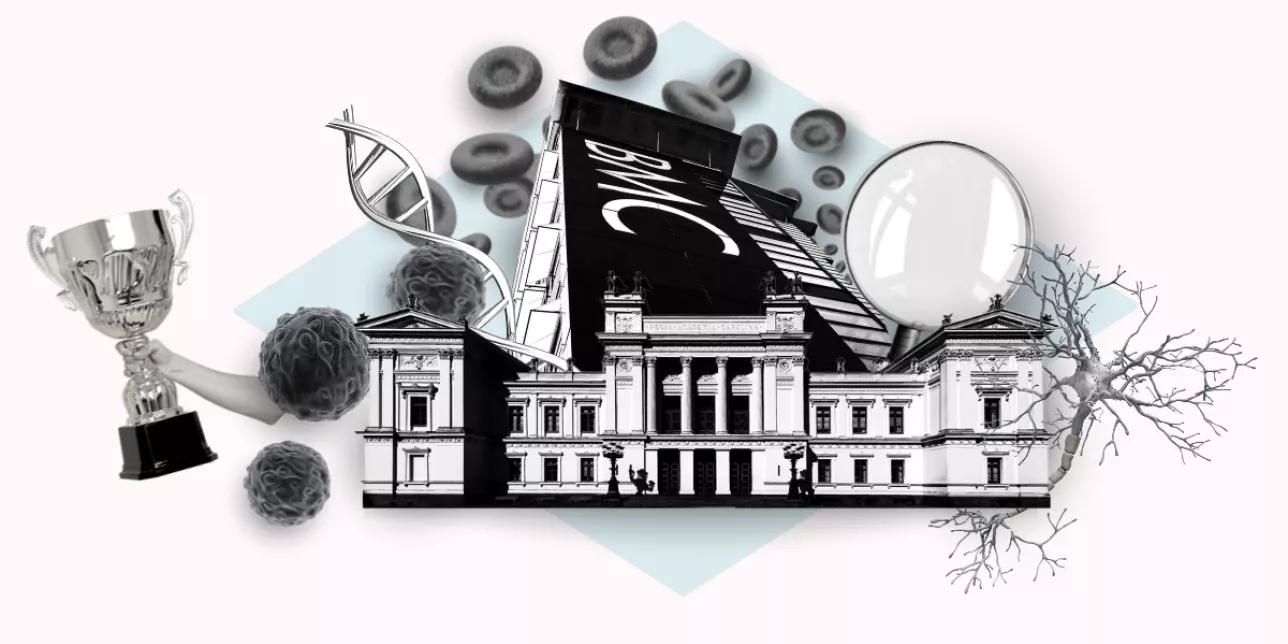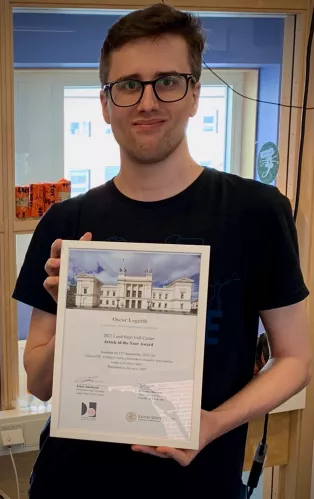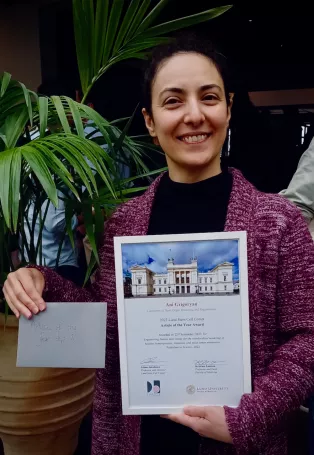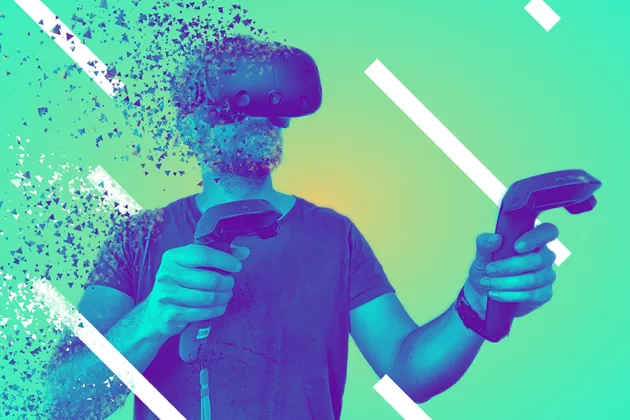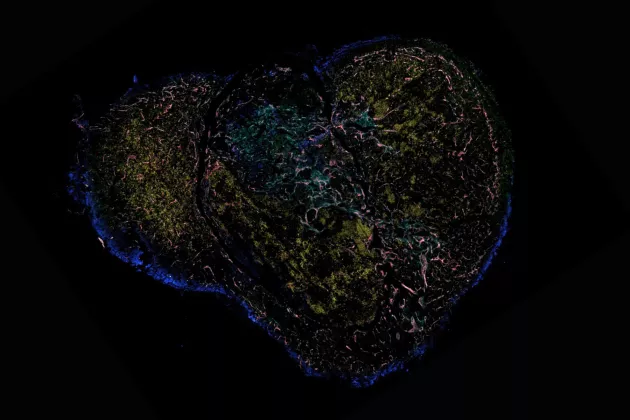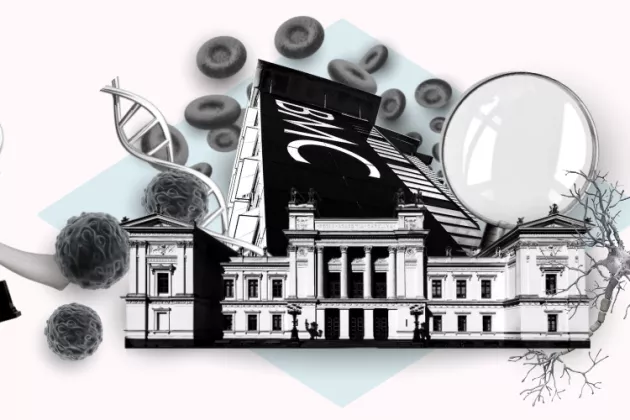This recognition highlights the outstanding contributions made by our members in advancing the fields of stem cell biology and regenerative medicine. Among this years winners are studies that represent some of the ways in which we perceive and engage with stem cell research are being reshaped. Let’s dive into this year's award-winning publications:
Single-cell analysis enters the third dimension (2022)
In 2021, the Computational Genomics Research Group introduced a new tool called CellexalVR, an open-source virtual reality (VR) environment. In today's world of science, single-cell sequencing technologies allow researchers to examine the genetic details of individual cells, creating a treasure trove of data. To make sense of this wealth of information, researchers typically organize the data into two-dimensional maps.
But when it comes to studying diverse populations of cells, this approach can fall short and an extra dimension is needed. That's where CellexalVR comes in. Created by software developers, Oscar Legetth and Johan Rodhe, this user-friendly VR environment allows scientists to dive into the data in a three-dimensional space.
In this limitless virtual environment, multiple 3D cellular maps can be visualized and compared simultaneously using simple hand controllers. CellexalVR's foundation in gaming technology also enables collaboration among scientists from different parts of the world, as they come together in virtual reality to analyze data and explore new research horizons.
"Even if you are not computer-savvy, this type of analysis is open to everyone. A virtual world in this context is a completely new research area that has enormous potential for researchers to gain access to and be able to process information more interactively," says Shamit Soneji, assistant professor at Lund University and head of the Computational Genomics Research Group.
Making mini-bones to model cancer (2023)
The Laboratory of Bone Organ Modeling and Regeneration received the 2023 Article of the Year Award for their research generating human mini-bones in a laboratory setting which mimics the properties of real human bone.
This innovative study by first-author Dr. Ani Grigoryan involved engineering mesenchymal stem cells and guiding them through a process mimicking how bones develop naturally in the human body. When these engineered cells were implanted into mice, they matured into miniature bones and bone marrow tissues. Moreover, these same stem cells had differentiated into different cell types essential for supporting healthy and cancerous cell growth.
"We provide a new, robust tool that can help study bone and bone marrow formation and also investigate the development of bone-developing cancers, such as leukemia or even solid tumors that ultimately metastasize to bones,” explains Paul Bourgine, assistant professor at Lund University and head of the Laboratory of Bone Organ Modeling and Regeneration.
Lund Stem Cell Center would like to acknowledge the continuous efforts of our members in advancing stem cell biology and regenerative medicine research. The Center would also like to thank each of the nominees for their participation in the Article of the Year Award process and congratulate this year's awardees for their innovative contributions to the field.


